
During colder seasons heating your house can be costly. Luckily. There are many winter energy-saving tips for homes that can help you save your money. Below are some of the energy-saving house projects that are comparatively simple to do, and many are low-cost. But even those that need a bigger effort and budget can quickly return savings that may make them valuable.
- Fill Your Home’s Insulation Gaps
One of the simplest tips for saving energy in winter is fixing insulation gaps that let frosty breezes in. Because heat increases, start by checking the insulation in the house. The situation of your roof also matters. Choose an energy-efficient roofing, which helps you keep your home warm during winters and cool during summers. Simple home energy-saving progresses for winter like these can minimize your bill and add value to your home.
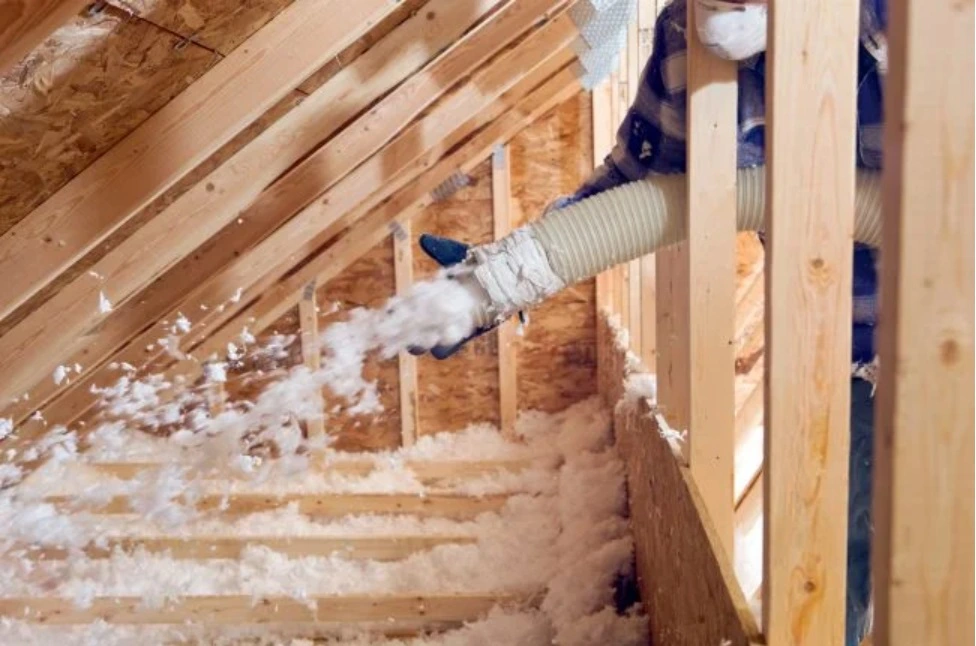
- Maintain Your Heating System
A dirty system with damaged parts has to work harder to produce heat, which is a waste of energy. Such as a car after a tune-up, your heating system is more likely to run resourcefully and trouble-free if you keep it maintained. Energy-saving tips for winter often comprise installing new filters at the beginning of the season. Maintaining boilers or furnaces making sure that all moving parts are well-oiled and clean, and pipes, flues, and ducts are free of remains will make the heating system run efficiently into spring and beyond.
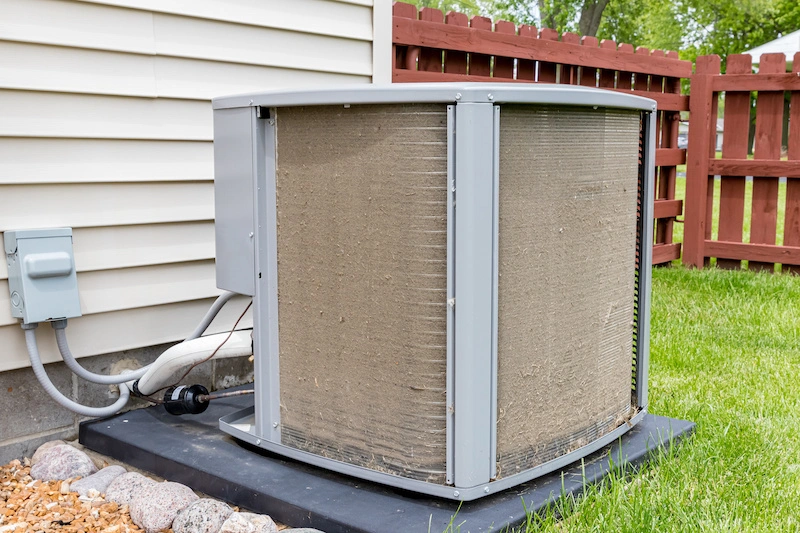
- Upgrade to a Smart Thermostat
If you want to go high-tech, deliberate on installing a smart thermostat to increase your home energy efficiency. You can connect the thermostat to your Wi-Fi and program it to adjust the temperature in your home when you are at work or sleeping.
You can also modify energy use by turning down the heat in certain rooms when the sun is shining in. Set the smart thermostat to sense the most efficient heating program that may balance saving energy with being relaxed. Smart home advancements like a modern, high-tech thermostat add value to your home as well as save you money.
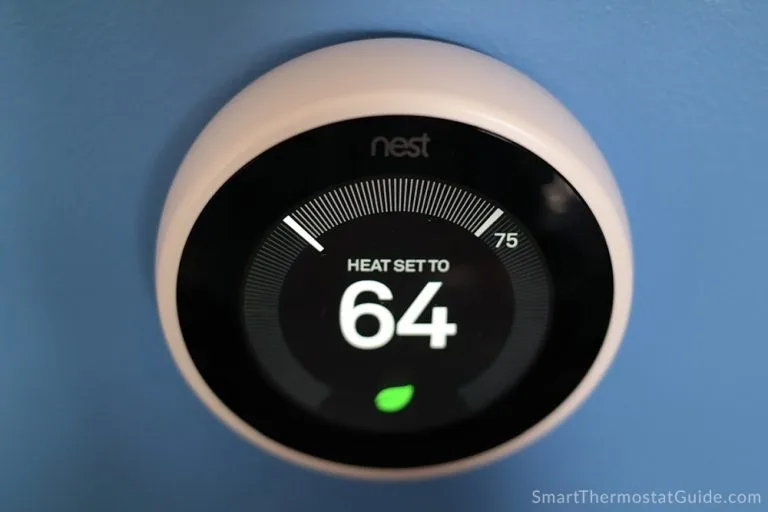
- Add Weather-stripping to Your Doors
In winter you must pay attention to your doors. Doors may leak heat even when they are closed. An easy energy-saving tip in winter is to add weather strips to doors that open outside, to the basement, or to the upper floor. Attach the weather-stripping around the door edge and finish with a door curve along the bottom edge of the door to stop the flow of cold air that commonly leaks in.
When you weatherize your home for winter with weather strips, you are adding a low-cost improvement that increases comfort and saves money. And even though it’s an energy-saving tip for winter, also you may save some money during the heat of the summer by keeping cooler air from escaping.
Doors and windows act like crime partners when it comes to waste of energy. Especially if you have not raised to energy-efficient windows or glass. Add some extra protection against that cold air by sealing around window frames. Mounting foam or acrylic-latex caulk are usually the most efficient caulking choices.
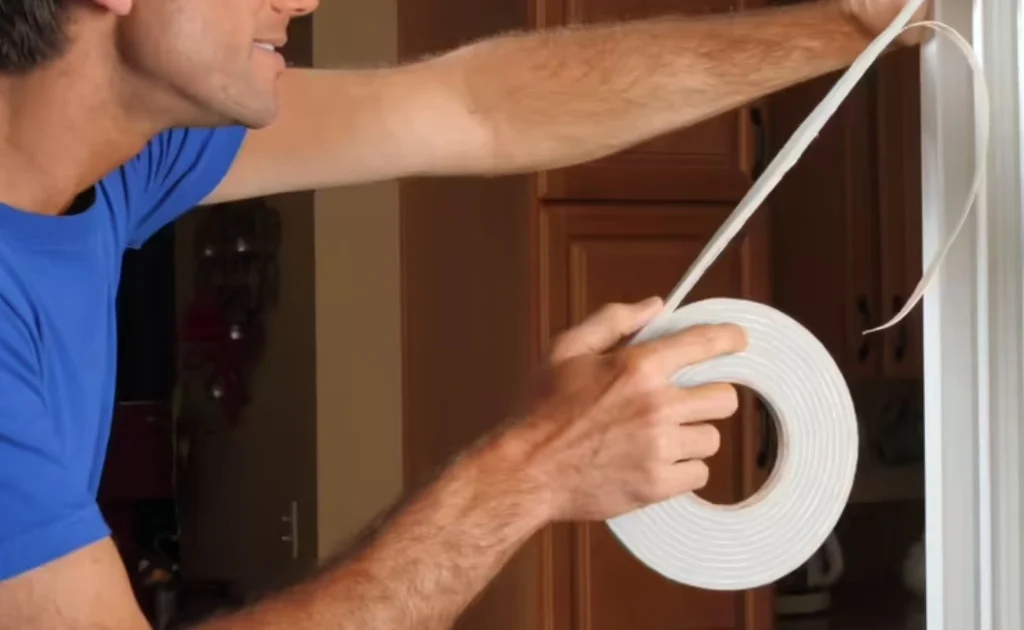
- Service Your Hot Water Heater
Like your furnace, the water heaters work hard in the winter months. A good home energy-saving upgrade for winter is to plan an annual service to make sure it’s working efficiently and that damaged parts are replaced before they break.
- Draught-proof Your Doors
It’s value draught-proofing your internal and external doors. The most durable choice for gaps at the bottom of the front and back doors is a “brush” draught excluder. You can make your draught excluders for internal doors using tights filled with old clothes, or rolled-up towels. You can even buy rubber draught seals and fit these around the sides of your external doors. Put in metal keyhole covers, and fit a mailbox brush to keep the heat in your home.
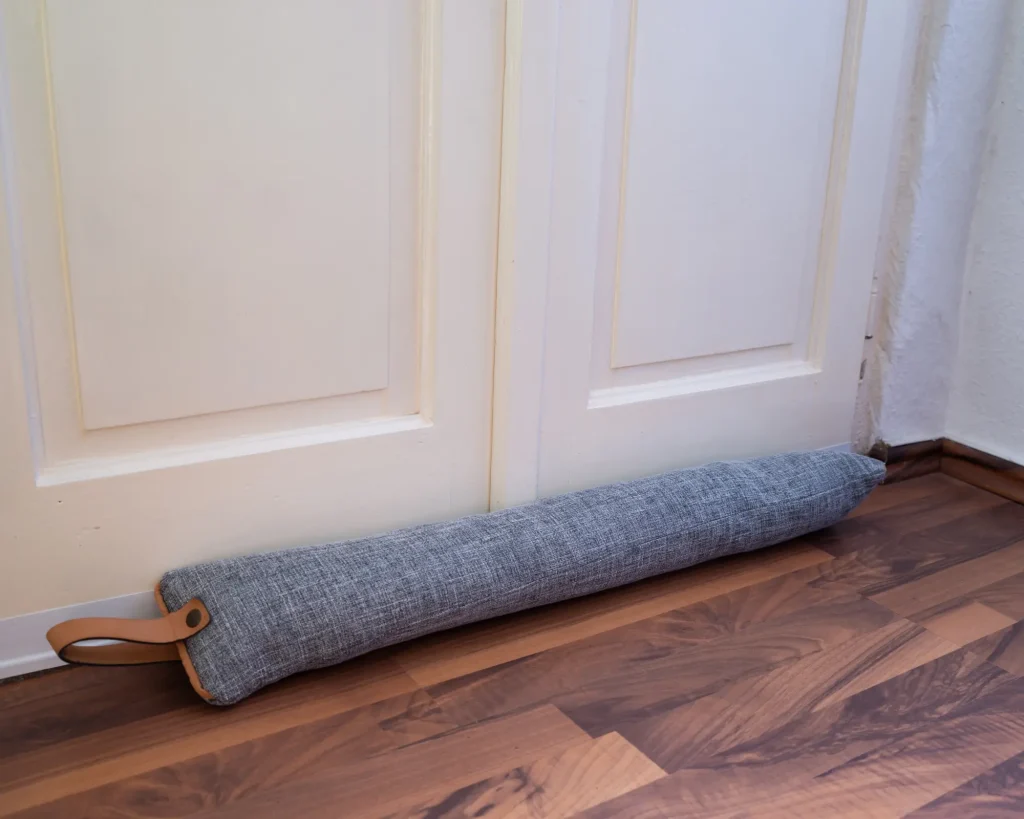
- Put up Thermal Curtains
When it starts getting dark, closing your curtains stops heat escaping through your windows. Preferably, you need heavy-duty thermal lined curtains. Fitting a thermal curtain across front and back doors can meaningfully reduce heat loss. You can also modify your existing curtains by attaching thermal linings to them.
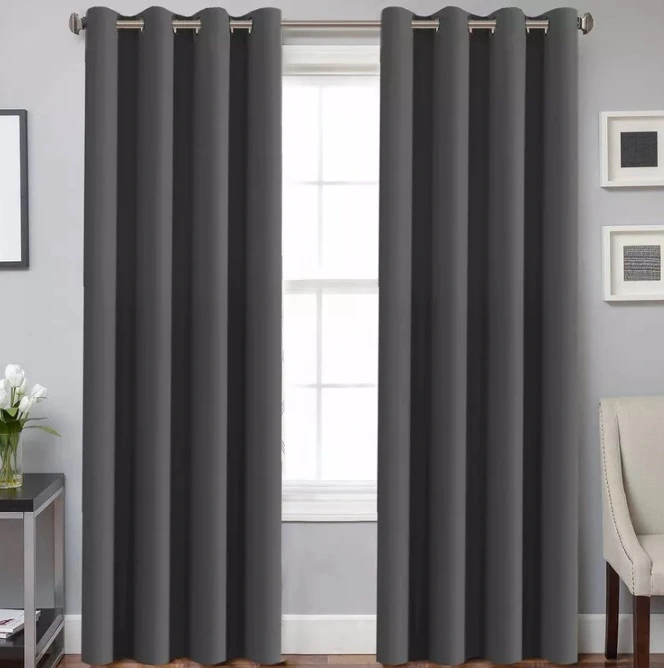
- Install Radiator Reflector Panels
Make sure heat from your radiators is reflected into the room instead of being lost into the wall by installing reflector panels behind them, particularly if they back onto exterior walls.
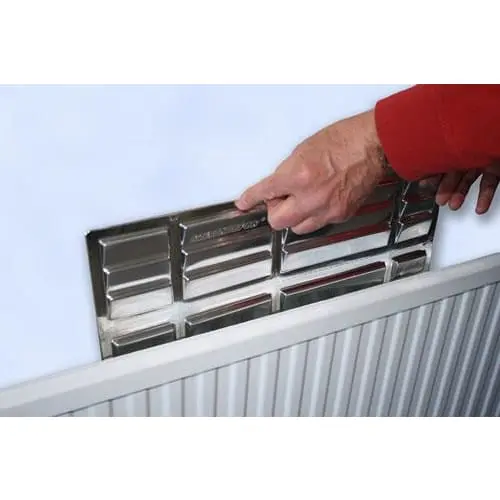
- Tackle Floorboard Gaps and Insulation
You may place a rug over floorboard gaps to keep heat in. Even tiny gaps between floorboards can let in cold flows, but there are several cheap ways to fill these, for example, silicone sealant. If you don’t have the time or feeling to tackle the gaps, simply placing a rug on top of the floorboards will make your home make warmer.
- Air Dry Clothes
If you have your heating on, don’t waste energy putting wet washing in the cartwheel dryer. You will be surprised at how fast clothes dry hanging in the airier in a warm room, and your clothes will be far less wrinkled than if they went in the dryer. But don’t dry clothes on the radiators themselves, as your boiler will be required to work harder and use more energy.
- Don’t Block the Heat
Blocking the radiator with items such as sofas is not energy efficient – as the item in front absorbs heat and the room will eventually stay much colder.
- Seal Air Leaks Throughout your Home
Doors, vents, windows, and places where plumbing, electric services or cable enter your home often have spaces that allow heat to escape. Finding air leaks in your home is important. For windows, cheap plastic film is easy to install and can stop serious flow of air. You may also want to consider heavy curtains. They do more than add beauty, they are a true-and-tried additional layer of insulation.
- Change the Direction of Ceiling Fans
Most people only use their ceiling fans during the summer and leave them to gather dust during the winter. But if you flip that switch, you can circulate warm air into your room. The anti-clockwise rotation circulates cool air, while a clockwise rotation generates an updraft, which pushes the warm air that has risen back down into the room.
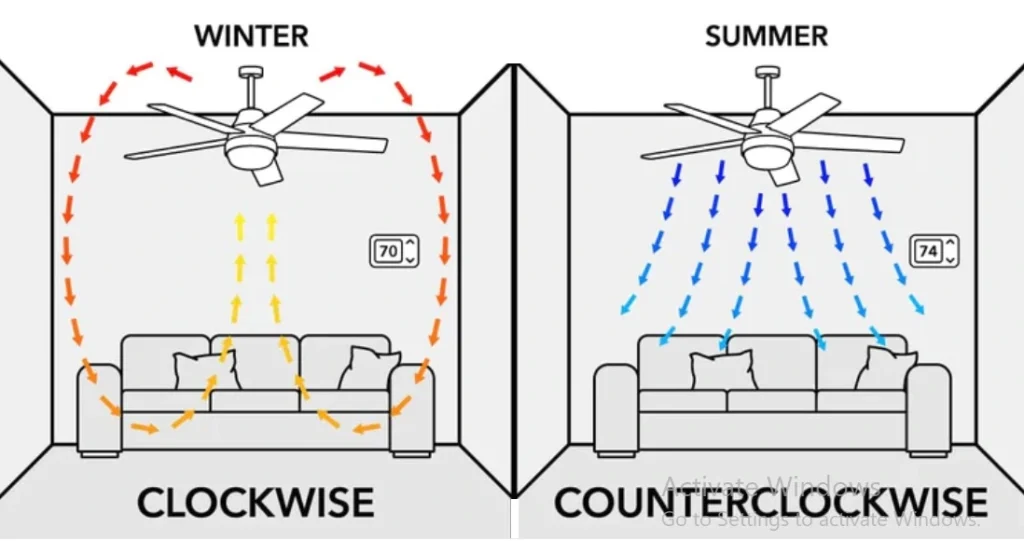
- Remove Your Window AC Units
AC unit once that last warm day, it’s time to take those AC systems out of the window. It may look like pointless extra work, but a window AC unit may allow cold air to sneak in through the cracks. If you do not want to remove your AC unit, buy a heavy cover to cover the unit and also use draft stoppers around the window.
- Prepare Your Furnace
If you live in a cool climate area, your furnace is pitching up for a marathon. And we all know it’s ill-advised to enter a race you are not ready for. Make ready your furnace for the cold weather by following these tips:
- Replace or clean the furnace filter.
- Vacuum the furnace’s internal side.
- Check the blower belt and if necessary, oil the blower motor.
- Ensure the blower doors are working properly.
- Ensure vents are clean and not congested.
- Check the exhaust vent if applicable.
Not all energy-saving tips for winter homes will make sense for your household every year. But it wages to review them annually. Even in the most well-organized homes, systems can be damaged and insulation breaks down.
Whether you just add a little weather strip or start a big energy-saving house project like replacing the windows, making seasonal changes, and keeping up with maintenance is smart. By taking control of your energy utilization, you’ll feel self-assured all winter long that you’re not wasting energy to heat your home.
The national Association of Realtor shared an article on” 8 Winter Energy-Saving Tips for a Cozy, Efficient Home”. You can access from https://www.nar.realtor/magazine/real-estate-news/sales-marketing/8-winter-energy-saving-tips-for-a-cozy-efficient-home
 The Climent Respect your roots, Protect your planet
The Climent Respect your roots, Protect your planet

To reduce the air leaks through floors, also consider using foam mats. Commonly used in playrooms and gyms, foam mats are cheaper than conventional carpets and can effectively seal gaps, contributing to improved insulation and overall warmth in your home. There are a few more tips in this article: https://acehomeco.com/how-to-keep-your-home-warm/. Hopefully, you’ll find it helpful 🙂